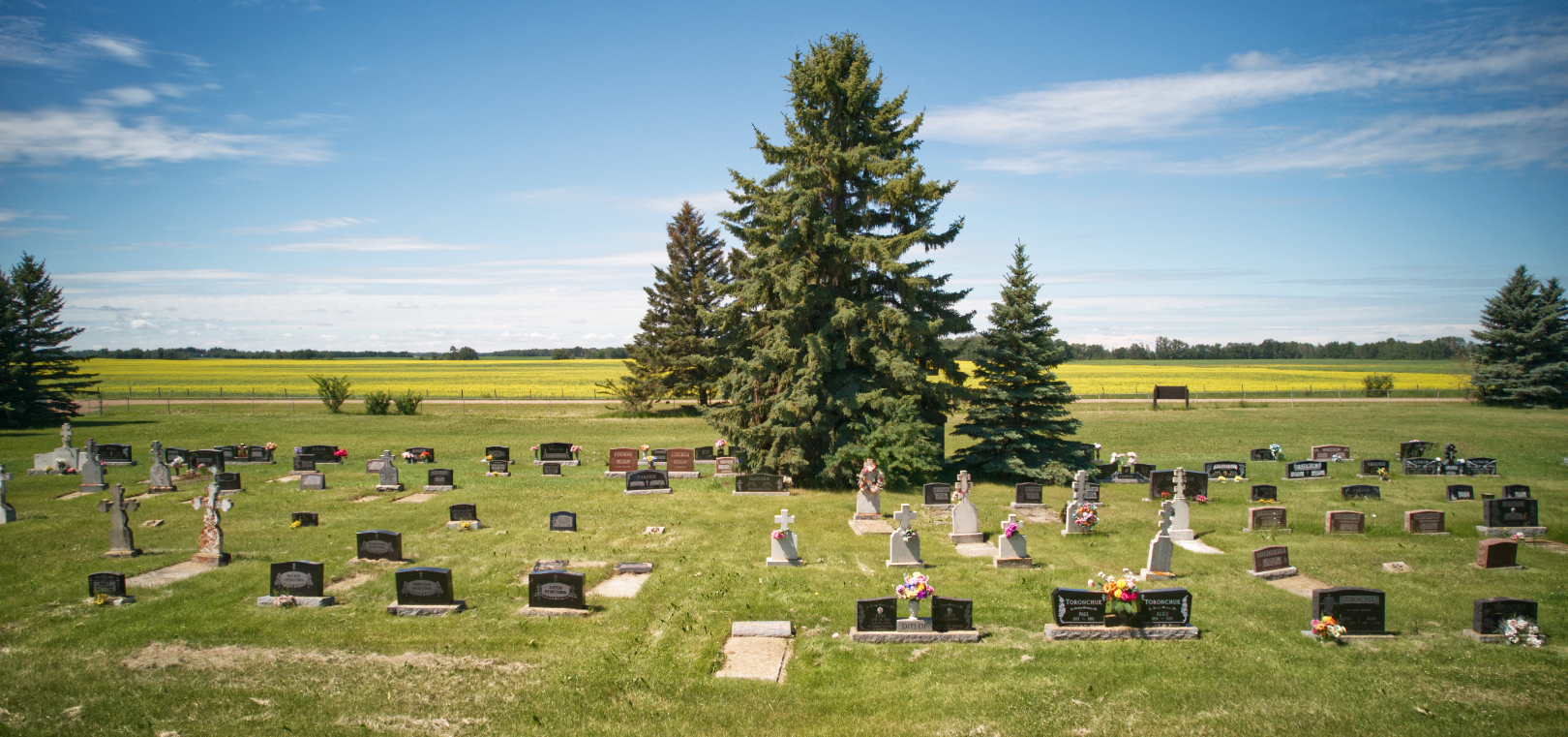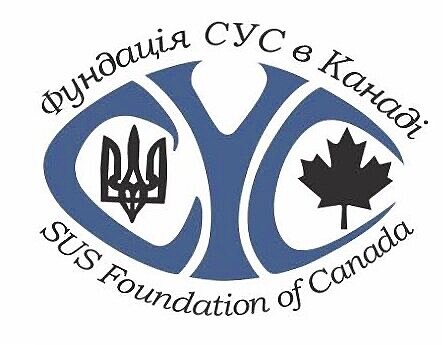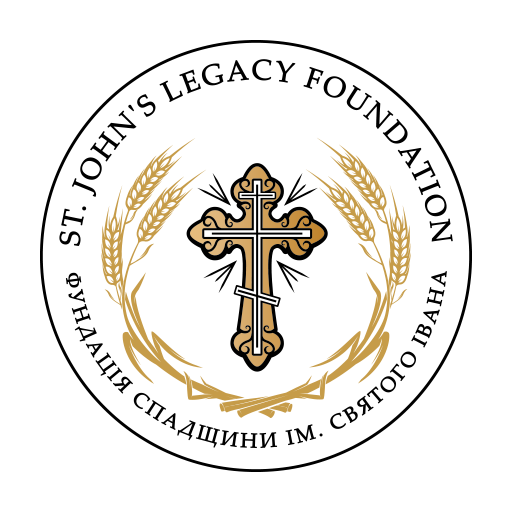The first stirrings of religious life in the Radway district began after the establishment of a Ukrainian National Home in 1917, as it provided a focus and forum for discussing community affairs. Catholic, Protestant, Orthodox, and Communist orientations all had their adherents among the Ukrainians who had begun settling in and around Radway from 1907 onward. Early visits by missionary priests with the Redemptorist Order only succeeded in alienating some of the Ukrainian faithful, as the “foreign” clerics often had a poor command of Ukrainian that was heavily accented and hard to understand, and they reminded many immigrants of the Polish clergy in Galicia. The situation was further aggravated after a Polish Catholic priest appeared and celebrated Mass in Latin for the Poles among Radway's inhabitants, in the process insulting the Ukrainians who were in attendance with some tactless remarks during his sermon.
Regardless, pro-Orthodox sentiment was already growing because of the recent establishment of the Ukrainian Greek Orthodox Church of Canada, which at the beginning of 1920 prompted sympathizers of the new formation to get the Radway burial ground named the "Ukrainian Greek Orthodox Cemetery".
The Orthodox cause received its first boost on 19 December 1920, when Reverend Ivan Kusey celebrated a St. Nicholas Day liturgy at the newly built Mazepa school. A large number of area residents attended the service, despite efforts by Father Philip Ruh (a French Oblate priest trained in Galicia for work among Ukrainian Canadians) to prevent it from taking place. Church activities subsequently became more formalized with the organization of a Brotherhood of Orthodox Ukrainians the following year. All of these developments stirred considerable tensions among Radway Ukrainians, since Belgian Redemptorist priests were also attempting to establish a Catholic church in the town. The appearance of a pro-Orthodox faction provoked controversy and heated debate, some of which was conducted on the pages of Ukrains'kyi holos.
Initially services were held at the homes of local supporters, the residence of Andrew Kowal being a frequent site for religious gatherings, including numerous weddings. Later, the Mazepa school was used for ritual observances. Priests would typically arrive by train and stay overnight with a member of the community. Construction of a sanctuary started in 1924, and although it was not yet finished, Archbishop Ioan Theodorovich was able to conduct a service there on September 21 of the same year while on a fall tour of Alberta congregations. (Another article says the service was held at Mazepa school). Theodorovich made a follow-up visitation on October 25, 1925, further inspiring the congregation in its efforts. The completed church was a tripartite structure, with a large central dome on an octagonal base.
In 1937 the congregation had a dozen members and celebrated nine liturgies in their church. In 1938, a manse was constructed for a resident priest, who served the Radway district.
A two-tiered iconostas, painted by Wadym Dobrolige (1913-1973) after his emigration to Canada, was installed in the church sometime in the 1950s or early 1960s.
The Cemetery
Situated at NW 29-58-20 W4, ½ mile south of the Village of Radway, it was established in 1927. The first burial was that of Mildred Pysmenny, who died in the spring of 1928.

Play Memory Eternal Chant
GPS Co-ordinates: 54.058674, -112.948718
GPS Cemetery: 54.049941, -112.951009
Affiliation: Ukrainian Orthodox Church of Canada





